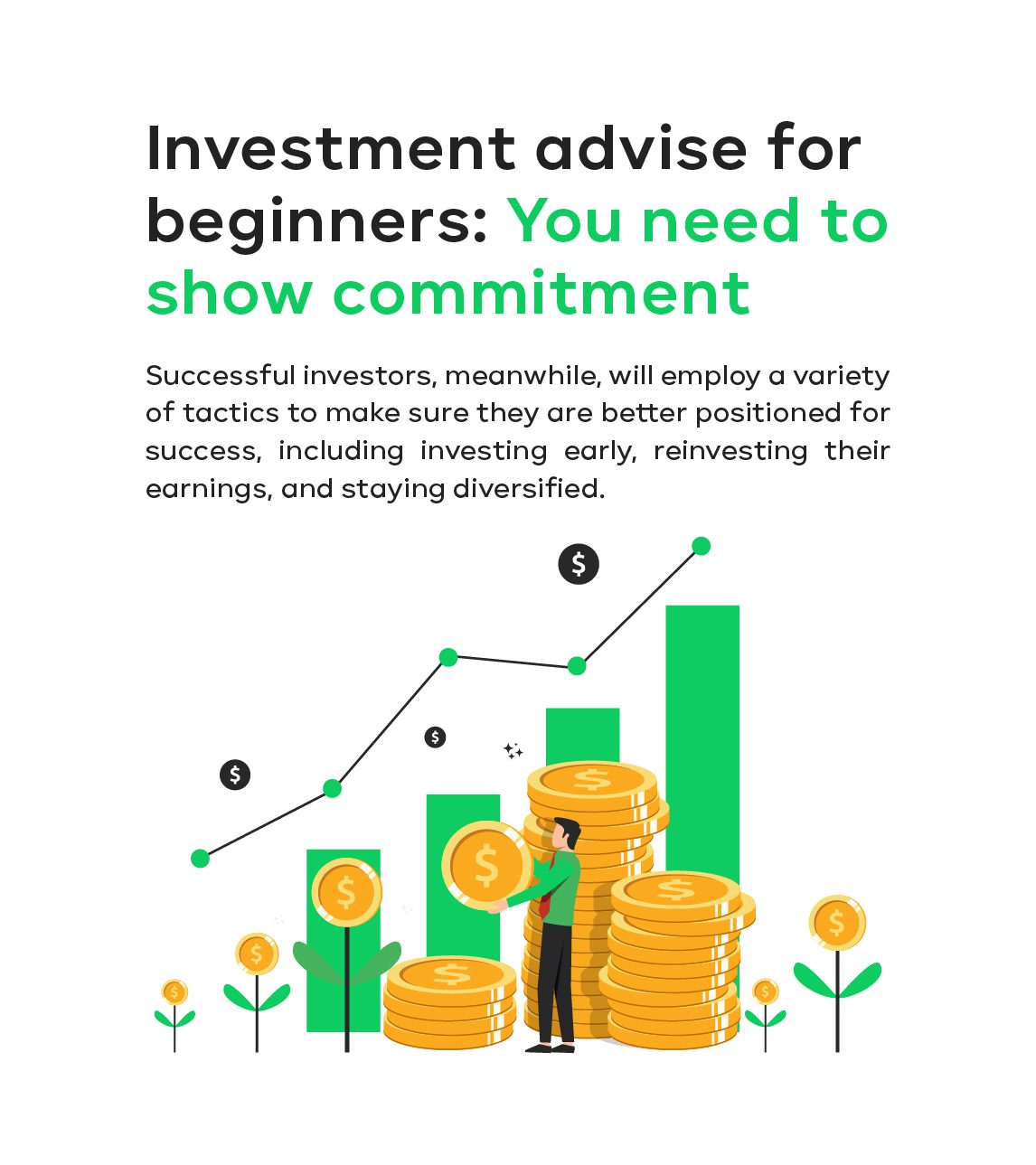
Ready for some free investment advice? Treat investing like sports.
You can enter investing with many different goals in mind, whether it is short-term gains, sustained income, or long-term retirement. Successful investors, meanwhile, will employ a variety of tactics to make sure they are better positioned for success, including investing early, reinvesting their earnings, and staying diversified.
While informed investing takes skill, practice, and sharp insight, even casual investors can see success by following one basic principle — and this rule doesn’t come from the world of investing but from the world of sports: Give it your best shot.
Focusing on things you can control as an investment philosophy
As a basketball coach, I’ve observed a lot of parallels between sports and successful, objective-driven investing. As a coach, I tell my players that they should always give 100 percent effort to whatever they do. In this all-or-nothing environment, there is no benefit to giving partial effort if they want success.
My best investing advice is similar.
As in sports, some things are in your control, and others are not. On the basketball court, you can’t control how well your teammates slept the night before, what the crowd does, or how the ref calls a play. In investing, similarly, you cannot control parts shortages, international conflicts, or currency fluctuations.
In both cases, you also have a lot in your control. In basketball, you can control your diet, sleep, and intensity of your practice. In investing, you can minimize costs, maintain long-term discipline, and create clear and appropriate investment goals. Furthermore, you can control your dedication to building wealth and making smart investment decisions.
Stock investment advice and advice for wealth management: You’re playing now for your future
You can get by with a partial effort in some areas of life — a 90 percent on a test, for example, is pretty good, and a batting average of .400 is exemplary. But there are plenty of other situations where this middle ground doesn’t exist. This is particularly true for the basketball court and for your investment philosophy.
For my players, learning how to fully commit now, rather than later, will pay huge dividends, because in 10 years some of these players will be employees, husbands, and fathers. The stakes become high, and you cannot afford to be lazy when it comes to filling these roles. Failing to teach my players is my failure as a coach, regardless of how many games the team wins.
So how does this translate into general investment advice and a sound future investing philosophy?

The importance of commitment to your investment philosophy and strategy
No one ever achieved 100 percent of their goals on the playing field by only giving 75 percent of their effort. Financial planning and working with an investment strategy are the same. In investing, you get what you put in — and if you put mediocrity in, or invest with poor research and commitment, you will get mediocrity out.
Have you ever walked off the field or court after a one-point loss? That’s painful under any circumstance, but it is excruciating if it happens when you know you did not give it your all. When it comes to investing, the consequences are more serious; if you reach retirement and haven’t used your money wisely, life will be much harder. Just like when the buzzer rings to signal the end of the play, when you hit retirement it’s too late to realize that you did not put enough effort into your retirement plan.

Be committed to your retirement
What does being 100 percent dedicated to your retirement really mean? It can be easier than you might think, and you will be happy to know that preparing for retirement does not take the same time commitment that training to be a basketball star does.
Keep in mind that not every investment option is suitable for every investor. Please consult with your financial professional to see what options may be right for you. Here are some investment options to consider for those who are ready to commit to their retirement plans fully:
- Take full advantage of your employer’s retirement plan benefits, including any match.
- If you are self-employed, open a Simplified Employee Pension to get pre-tax investment benefits.
- If you have children, consider opening a 529 college investment account, which allows you to contribute money to college or another school tax-free.
- Talk to an estate planner, who can anticipate and plan for your retirement needs and also ensure you have a will that creates an orderly passing of your assets to your heirs.
- Talk to a financial planner, who can estimate your income needs in retirement and determine if your current retirement savings are sufficient to meet them.
Walking off the court after losing is no fun, especially if you lost because you failed to train hard enough. Don’t make the same mistake with your retirement savings.
Investing involves risk, including possible loss of principal. Before investing, carefully consider the product’s investment objectives, limitations, risks, charges, and expenses. This information can be found in the product prospectus or official statement. Copies are available from our office. Please read carefully before investing.
Information is gathered from sources believed to be reliable; however, we cannot guarantee their accuracy. Information is provided for educational purposes only and should not be viewed as a recommendation or solicitation to buy or sell any product or service. Please consult with your financial professional prior to executing any transaction.
*David R. Guttery, RFC, RFS, CAM, is a financial advisor and has been in practice for 31 years. He is the president of Keystone Financial Group in Trussville, Ala. David offers products and services using the following business names: Keystone Financial Group – insurance and financial services | Ameritas Investment Company, LLC (AIC), Member FINRA / SIPC – securities and investments | Ameritas Advisory Services – investment advisory services. AIC and AAS are not affiliated with Keystone Financial Group. Information provided here is gathered from sources believed to be reliable; however, we cannot guarantee their accuracy. This information should not be interpreted as a recommendation to buy or sell any security. Past performance is not an indicator of future results.







